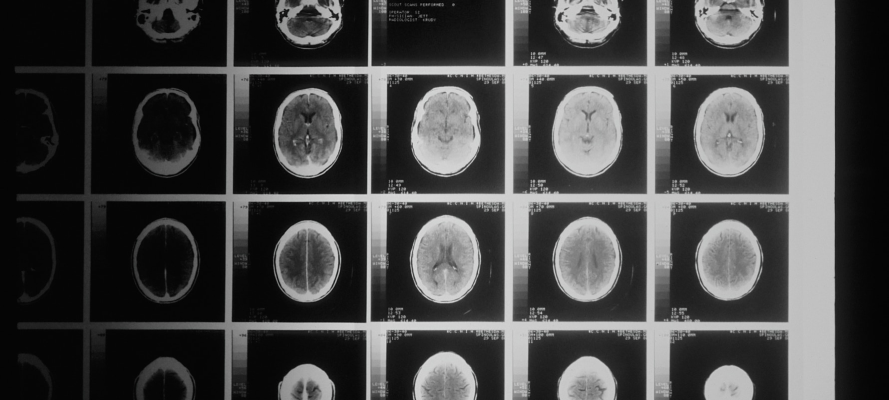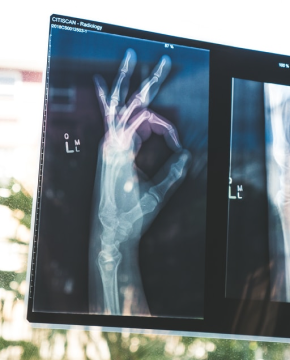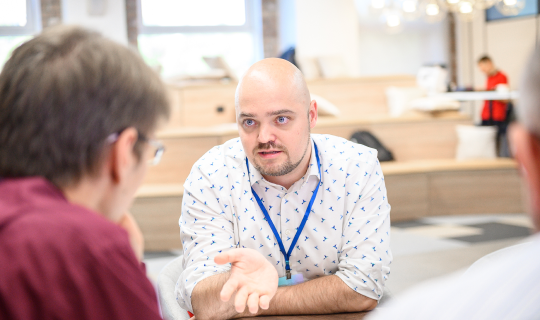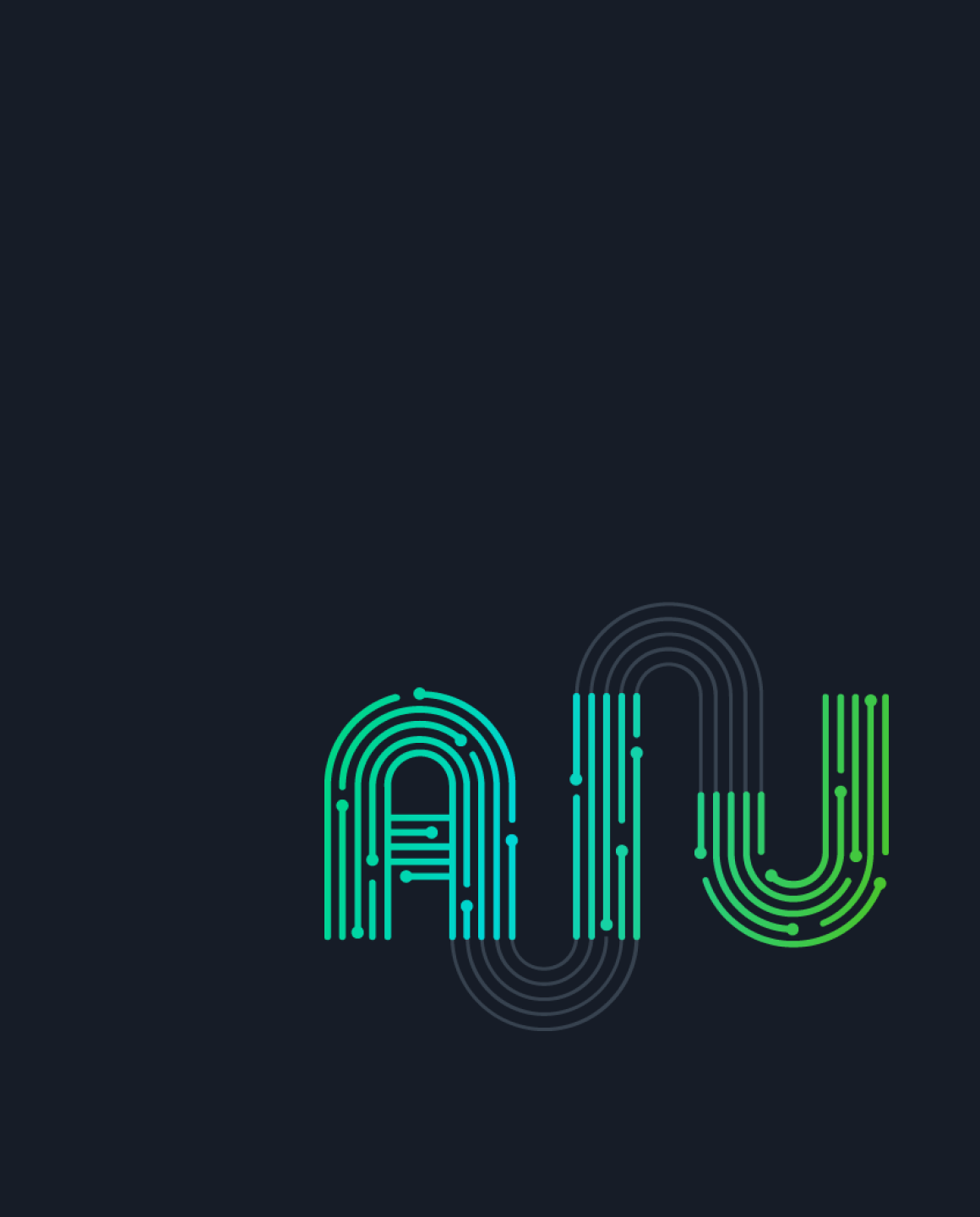 Press service AIRI
Press service AIRI

Why is this necessary, how is it done in Russia and what challenges do scientists face - a radiologist explains

Victor Gombolevsky, Leading researcher from AIRI, MD, Ph.D, MPH, presented a report called "Modern View of Artificial Intelligence in Medical Imaging" at the "Future of Medicine" session which was part of the Russian Forum at the EXPO 2020 exhibition in Dubai.
Need for AI
The current world population is 7,908,178,272 and life expectancy has increased by 25 years since the 1950s. The need for medical assistance is also increasing. In the Russian Federation, one of the most significant increases in workload is on radiologists: according to data, in 2020 the number of Chest CT scans increased by 4 times compared to 2019.
Reducing the amount of time to interpret materials by 50% can lead to a 16.6% increase in errors. The scale of gaps and redundant finds in the analysis of medical images during a pandemic can be significant, since such an increase in workload has never been seen before in recent history.
In recent years, AI in healthcare has attracted the most investment in all AI sectors. In the first quarter of 21 alone, there were 115 equity transactions in the sector, with over $2.5 billion in funding.
Radiation diagnostics is the leader in AI in all healthcare. The number of AI FDA approvals for radiology is 65.7% (146 out of 222) of all AI FDA approvals. When asked at the European Society of Radiologists where they see AI in 5-10 years, most radiologists said “in screening, staging and biomarker quantification.”
The number of Chest CTs increased by 4 times in 2020 compared to 2019
Reducing the time to interpret materials by 50% can lead to an increase in errors by 16.6%
Moscow experience in implementing medical AI technologies
The Moscow experiment, (operated by Development, Research and Practical Clinical Center for Diagnostics and Telemedicine Technologies, Department of Health Care of Moscow), on the use of computer vision for the analysis of medical images (mosmed.ai) included more than 100 medical organizations with 1000 units of diagnostic devices. In total, more than 3.5 million studies were processed for 13 separate target pathologies. (Looking for signs of breast cancer on mammography, CT scan of the chest to diagnose COVID or search for masses in the lungs, assessment of coronary calcium, thoracic aorta diameter, assessment of compression fractures and vertebrae for early diagnosis of osteoporosis, etc.).
At the end of 2020, the results of 260,000 patients who underwent chest CT to assess COVID-19 in the outpatient setting were analyzed. Scientists compared the conclusions of doctors who described scans without and with the help of AI. The hypotheses were confirmed by 2 results: a physician with any of the 5 compared AIs finds up to 19% more pathological cases; physicians with any AI are up to 25% less likely to report severe and critical lung disease.
Severe and critical degree influence the decision to hospitalize patients. This means that the use of AI could have had an impact on preventing the hospital healthcare system from being overloaded in Moscow
As part of the experiment, scientists retrospectively analyzed the work time of a radiologist without and with AI in Moscow hospitals. The doctor had to watch not only the original study, but also had an opportunity to see the results of the AI analysis, and the average and median length of the description decreased by 29% and 55%. This demonstrated the benefit of saving the time of the radiologist by the use of AI.

Challenges for scientists and immediate prospects
Most AI algorithms solve individual tasks, such as assessing COVID or breast cancer. The future lies in complex services. For example, the AI service from the latest Lancet publication for analyzing chest x-rays targets 124 different findings. At the same time, the model exceeds the ability of the radiologist to identify all 34 clinically significant findings.
Computed tomography, unlike radiography, is not one, but hundreds of images. This complicates the work of the doctor and expands the boundaries of the potential benefits of AI, when the tasks to be solved are not only the search, but also the quantitative assessment of findings, the calculation of risks based on these data, the preparation of draft conclusions for the doctor according to clinical recommendations and best practices. An interesting way is the opportunistic screening model with the identification of random clinically significant findings and a checklist of decisions for the doctor.

There is a high degree of heterogeneity in the visual form of the guides and the presentation of recommendations.
The use of tools that can have such a strong impact on the healthcare system must be supported by the necessary evidence. Scientific publications are gradually changing the focus from exploring the possibilities of technology, comparing it with a person, to research at the top of the pyramid of evidence-based medicine.
Research groups for medical image analysis and general medical computer vision function in AIRI
References
- Worldometer
- Федеральная государственная служба статистики. Здравоохранение.
Отчет главного внештатного специалиста по лучевой и инструментальной диагностике МЗ
РФ 2016, 2019 и 2021 на РОРР
- Berlin L. 2017 Faster Reporting Speed and Interpretation Errors: Conjecture, Evidence, and Malpractice Implications
- CBINSIGHTS. The AI Deals Tracker
- The Medical Futurist. FDA Approvals For Smart Algorithms In Medicine In One Giant Infographic
- Морозов С.П., Чернина В.Ю., Андрейченко А.Е., Владзимирский А.В., Мокиенко О.А., Гомболевский В.А. Как искусственный интеллект влияет на оценку поражения лёгких при COVID-19 по данным КТ грудной клетки? // Digital Diagnostics. 2021. Т. 2, No1. С. 27–38
- Seah JCY et al. Effect of a comprehensive deep-learning model on the accuracy of chest x-ray interpretation by radiologists: a retrospective, multireader multicase study. Lancet Digit Health. 2021 Aug;3(8):e496-e506. doi: 10.1016/S2589-7500(21)00106-0.


